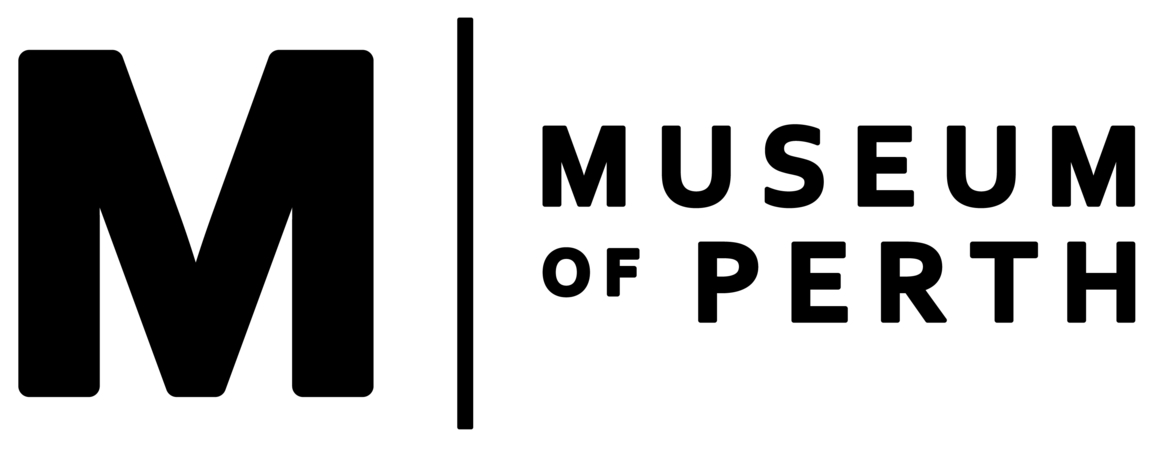Dyeedyallalup
Dyeedyalla
Description & Location
The name given to the lowlands along the Buneenboro (Perth Water), in the general location of Langley Park. Dyeedyallalup derives its name from the large clay deposits that distinguished the area. Clay and ochre (clay pigment) on Noongar country comes in shades of djardak (white), mirda (red) and yoont (yellow).
An important resource and wellbeing tool for Noongar people, clay and ochre traditionally had many physical, spiritual and social uses. Djardak and mirda were used for decorating the body for ceremonial dances while yoont was a tint in paint for rock art. A topical mixture of clay and animal fat called wilgi was used to protect against the sun’s ultraviolet rays, insects and adverse weather conditions. Wilgi also masked human scent, which allowed Noongar men to hunt yonga (kangaroo) and wedtj (emu) more easily.
Dyeedyallalup may also refer to a camping ground which included springs or a water hole. In 1835, a unique reconciliation meeting occurred at Government House involving Governor Stirling, a Swan River tribe and a Murray River tribe to try and keep peace amongst the three. A corroboree sealed the Swan and Murray River groups’ agreement, with the Murray River group withdrawing to this water hole at Dyeedyallalup at the end of the night whilst the Mooro group of the Swan River tribe retired to a spring at Goodinup.
More than a century after European contact, an early resident writing to the West Australian recalled the presence of ‘beautiful clear springs’ that once flowed in the gardens of residential houses built in the Dyeedyallalup area.
Most of the Dyeedyallalup area now lies beneath present-day Langley Park along the Perth Foreshore.
References
Douglas, W. (2004). Illustrated Dictionary of the South-West Aboriginal Language. Claremont WA : Edith Cowen University, p.31.
Green, N. (1995). Broken Spears- Aboriginals and Europeans in the southwest of Australia. Perth WA : Focus Education Services, p. 106.
Hansen, V. & Horsfall, J. (2016). Noongar Bush Medicine: Medicinal plants of the South-West of Western Australia. Crawley, Western Australia : UWA Publishing, p. 6-7.
Macintyre, K. & Dobson, B. (2018, October). Ochre: an ancient health-giving cosmetic. Retrieved from https://anthropologyfromtheshed.com/project/ochre-an-ancient-health-giving-cosmetic/.
State Library of NSW. (1899). Box 5 Folder 1: Western Australian Place Names, 1899-1903, p. 26.
State Records Office of WA. Cons993. 1948/0150. List of native names for naming farms etc., p. 162.
The Old Swan River Settlement. (1897, July 10). The West Australian, p. 11. Retrieved from http://nla.gov.au/nla.news-article3179150.
The Western Australian Journal. (1833, April 20). The Perth Gazette and Western Australian Journal, p. 63. Retrieved from http://nla.gov.au/nla.news-article642121.
Government House from the end of the Pier Street Jetty, Alfred Hawes Stone, 1868, State Library of Western Australia, 6909B/52

